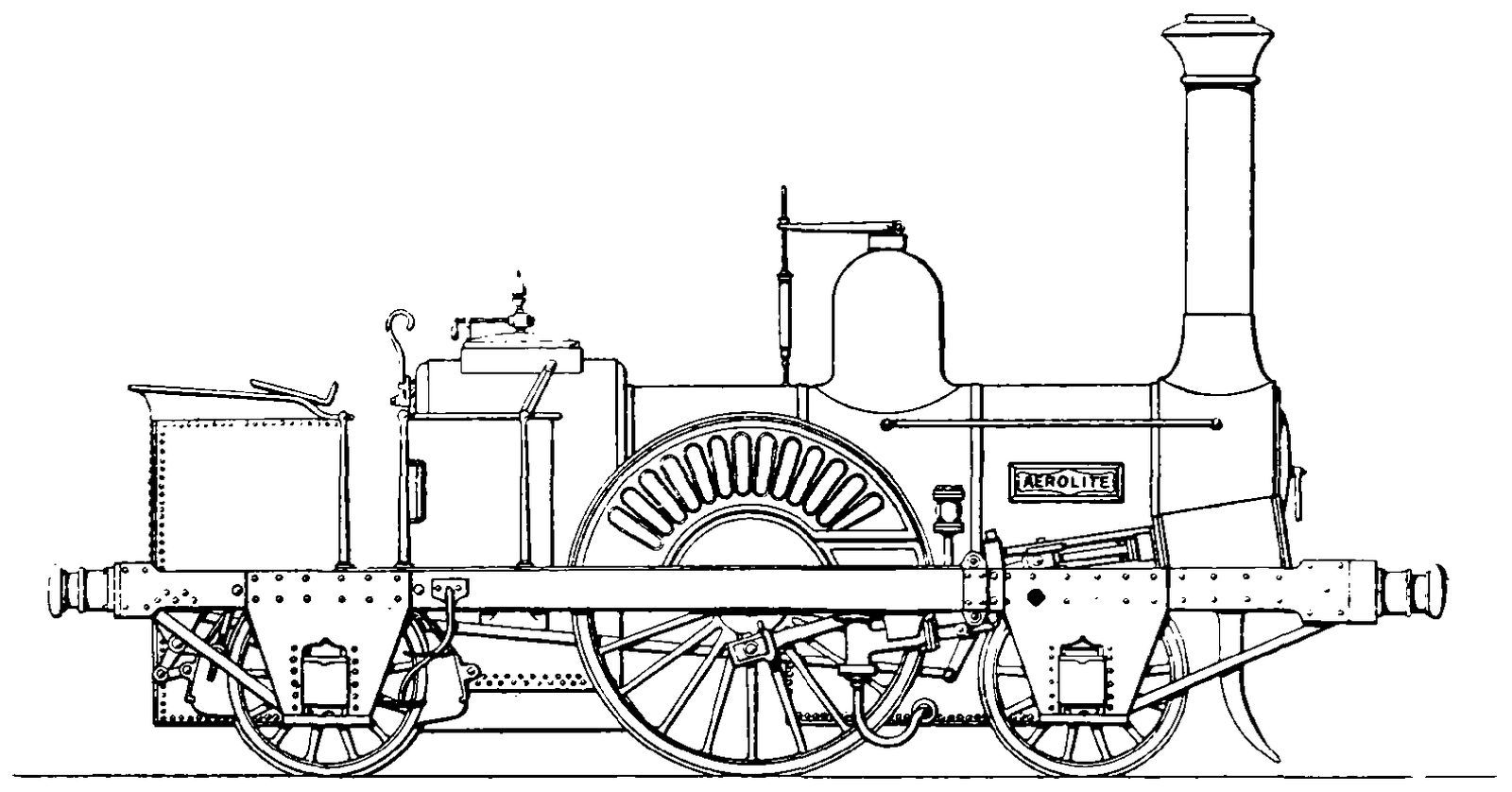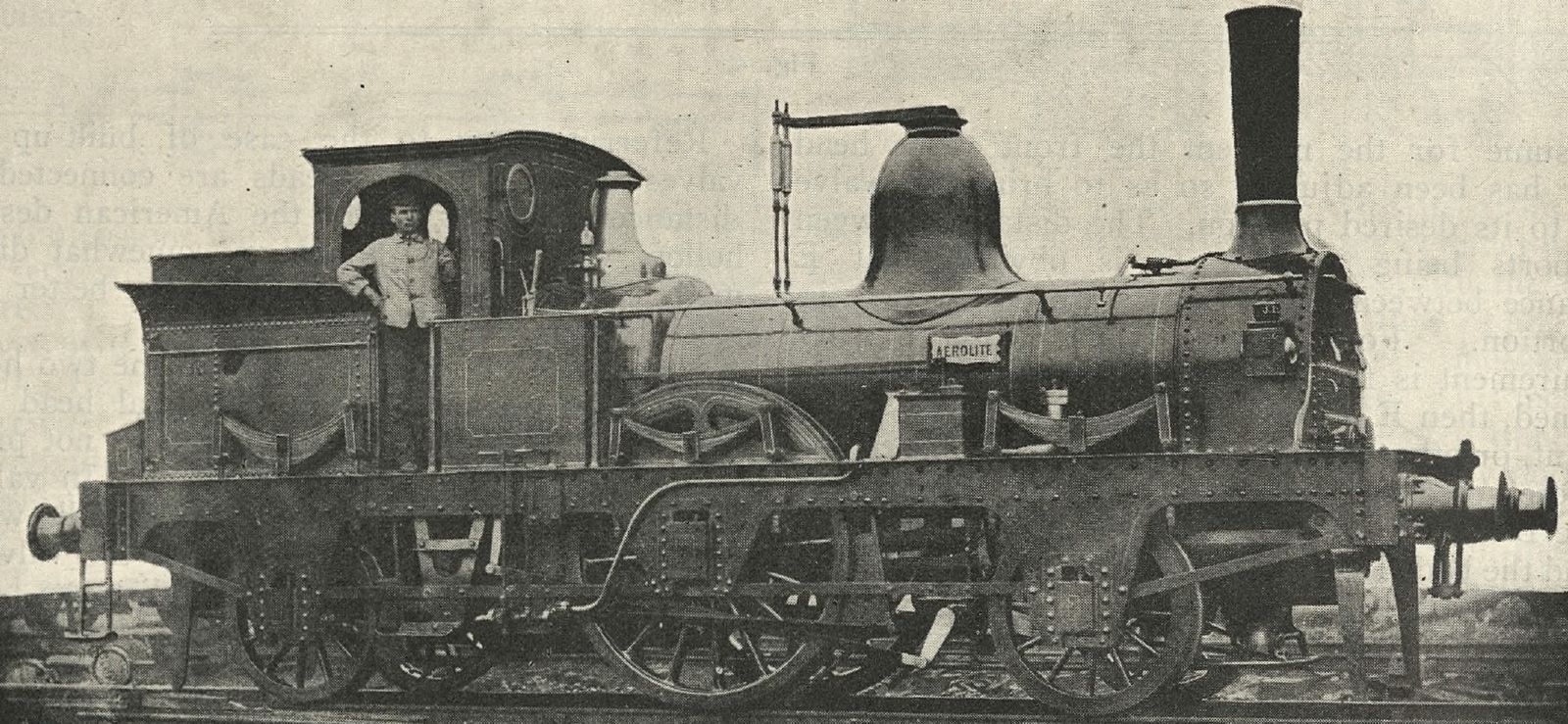The North Eastern Railway ran two individual tank locomotives under the name “Aerolite”, the second of which survived the decades in different forms. They were developed to pull the “Mechanical Engieer's saloon”. The first “Aerolite” was actually built by Kitson, Thompson & Hewitson for the Leeds Northern Railway in 1851 and was a 2-2-2T tank engine with water storage between the side rails and six feet driving wheels. It was shown at the Great Exhibition at the Crystal Palace that same year and was destroyed in an accident in 1868.

The first Aerolite from 1851
Locomotive Magazine, October 1911
This was followed in 1869 by the second “Aerolite” built by the North Eastern workshops in Gateshead. It also had the same basic design as its predecessor, but received additional side tanks in 1886 for a larger water supply. While it previously only bore its name, it was now given the number 66 as well.

The second Aerolite from 1869
Locomotive Magazine, July 1926
In 1892 a rebuild took place, which corresponded to almost a complete new building. The resulting locomotive now had a leading bogie and carried its entire water supply in side tanks. The power plant was now a two-cylinder compound engine based on the Worsdell-Von Borries system with cylinders of 13 and 18.5 inches in diameter.
Another conversion took place in 1902, in which the wheel arrangement changed again. The bogie was now at the rear, while at the front there was only one axle. The cylinder configuration remained unchanged. The locomotive continued to serve the purpose that the first version had already served. Even after 1923, it remained in service with the LNER as the X1 class, where its braking system was adapted to the standards of the LNER. The last mechanical engineer A.C. Stamer used the machine until his retirement in 1933, after which it was retired. It was soon brought to the National Railway Museum in York and can still be seen there today.